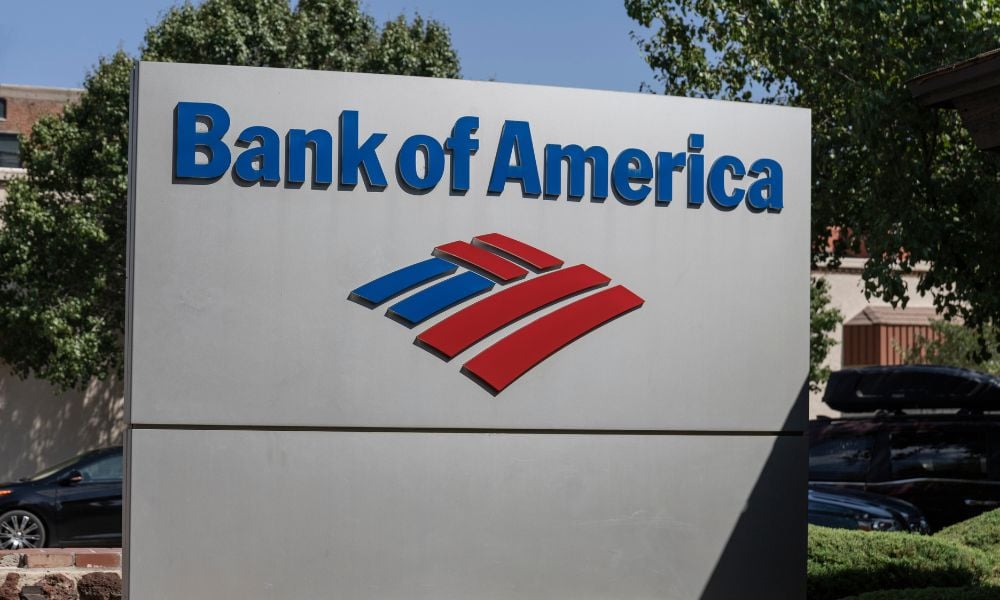Advisor Connect webinar brings together experts in the fixed income space to break down what has changed in this vital asset class

Fixed income is different now. For one, it pays a real income. That was one of the first key insights raised at WP’s recent Advisor Connect webinar which asked, ‘are we in a new era for fixed income?’ The topic of the event was chosen because after almost fourteen years of zero interest rate policy (ZIRP) the onset of post-pandemic inflation began one of the shortest and sharpest central bank hiking cycles in history. Now interest rates in Canada and the US appear to be at their peak and cuts appear to be looming. In this environment, WP brought together an expert panel to unpack what fixed income means for advisors and investors now.
Darcy Briggs, Senior Vice President and Portfolio Manager at Franklin Templeton Fixed Income – Bissett Investment Management, Geoff Castle, Lead Portfolio Manager of Fixed Income Portfolios at Penderfund Capital Management, and Ben Chim, Managing Director & Portfolio Manager at TD Asset Management, each offered their own unique viewpoints on the opportunity set in fixed income today and the circumstances that brought us here.
“Before this most recent hiking cycle, we were looking at the end of inflation for a long period of time,” said Geoff Castle. “A little less than five years ago we had $17 trillion of negative yielding debt. You had this perception that inflation was conquered and all kinds of theories saying why it was inevitable that more debt could lead to less inflation. Clearly we’re not in that world anymore, but that world did set the table for the world we’re in right now.”
Castle and Darcy Briggs both explained that in that environment, fixed income wasn’t viewed as much of an income generator to speak of. Rates were at or near zero, meaning income yields were around the same place. Investors and advisors used the asset class more as a capital preservation tool than a source of income for their clients.
Briggs explained that COVID let the inflation genie out of the bottle. Supply chain disruptions, deglobalization, negative interest rates, and the first kinetic war in Europe since the collapse of Yugoslavia have all added fuel to the inflationary fire. In response, central banks hiked rates and introduced a massive amount of volatility into fixed income markets.
“The biggest takeaway is that fixed income actually generates income again,” Briggs said. “We expect that inflation is going to remain volatile for the next little bit. But with volatility brings opportunity, especially if you're ready for it, and that's where active management in fixed income can shine.”
Each of the panellists offered their specific risk and opportunity outlooks within the fixed income market. Ben Chim argued that the corporate bond market is looking attractive, despite some tight credit spreads, and also highlighted some of the opportunities in the leveraged loan space. Briggs agreed with Chim’s outlook for leveraged loans and noted that his team also looks favourably on “fallen angels,” based on idiosyncratic and credit specific factors. Long bonds, too, look attractive to Briggs and his team. Castle agreed that the longer end of the yield curve is beginning to look attractive, and highlighted that the busted convertible bond market offer opportunity as an unrated passive vehicle.
The breakneck pace of interest rate increases that brought us to this point also brough a nearly unheard of level of volatility into fixed income markets. In the past three years, Chim explained, bonds didn’t serve to offset losses in equity markets. Rather, they amplified those losses. He explained, however, that this volatility we’ve seen in bonds reflects a marked change in bond market dynamics.
“We in the financial community like to label certain events that we see as ‘great,’ the ‘great recession,’ the ‘great financial crisis,’ and I would argue that these past few years could arguably be called ‘the great rate readjustment,” Chim said. “That readjustment is due to a changing paradigm in the inflationary backdrop for a range of issues. Central banks are addressing that backdrop and determining how they will address it going forward. As investors look at the last few years and think about how fixed income will likely perform, they should look at the bigger picture and longer-term track record for fixed income. I think it’s very likely that volatility around rates will star to fall and when that happens, combined with the yields we’re getting in fixed income, things will be much more sanguine.”
A replay of the whole webinar can be found here.



